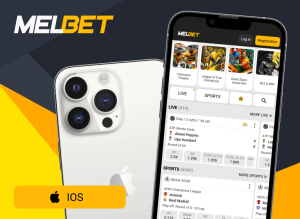
How the Rise of the Betting Audience Is Shaping Football: Schedules, Lines, and Broadcasts
In the last decade, sports betting has evolved from a niche hobby to a global cultural force and with it, the betting audience has grown into one of the most powerful segments in the world of football. This change hasn’t just impacted how people place bets. It’s fundamentally reshaping how the sport is scheduled, analyzed, and even broadcast.
This article explores how the modern betting audience more informed, data-driven, and globally connected than ever is quietly reshaping the game itself.
From Fan to Stakeholder
The traditional fan watches football for love of the game. The modern betting fan watches with a purpose. Every corner, yellow card, or substitution could swing a wager. And that difference in mindset changes how football is consumed.
Betting audiences don’t just follow big clubs anymore. They track minor leagues, reserve squads, and player injuries with forensic detail. They want data, predictions, and minute-by-minute updates — and the football ecosystem has responded.

Fixture Scheduling: Catering to the 24/7 Bettor
One of the most obvious impacts of the betting audience is in match scheduling. Football is no longer confined to weekends or evening slots.
Examples of Schedule Shifts:
- Lunchtime kickoffs in Europe to suit Asian betting markets
- Late-night matches in South America for U.S. and European punters
- Midweek games placed strategically to fill “betting gaps”
Broadcasters and leagues are aware: if bettors want action around the clock, the calendar will adjust accordingly.
Betting Lines: Where Sharp Money Moves the Market
Odds are no longer shaped only by team stats and public sentiment. They’re shaped by bettors themselves. Sharp money large, informed bets placed by experienced punters — now has a major impact on line movement.
How Bettors Influence Odds:
- Large volume on one side forces bookmakers to shift lines
- Betting models and syndicates spot inefficiencies before kickoff
- Public trends create overvalued favorites or overlooked underdogs
The market is more sensitive than ever, and sportsbooks are listening closely not just to what happens on the field, but to what happens in betting forums and Twitter threads.
Broadcasting: Content Built for Bettors
Sports networks are evolving too. Traditional commentary has started including live odds, in-play stats, and even betting segments during halftime shows. Broadcasters now recognize that a large portion of their audience isn’t just watching they’re wagering.
In some countries, alternate streams are built specifically for betting audiences, with:
- Real-time odds on screen
- Player prop updates
- Cash-out notifications and live bet suggestions
The betting viewer wants more than goals — they want context, probabilities, and control.
A Cultural Shift: Betting as Part of the Game
The betting audience has blurred the lines between sport and speculation. This isn’t just about money; it’s about engagement. People follow matches they never would have cared about ten years ago, all because of a bet. This drives up viewership, boosts revenue, and — like it or not — makes bettors one of the most valuable groups in football’s global economy.
The rise of the betting audience isn’t a passing trend — it’s a structural shift. Football is being adapted to suit the needs of those who don’t just watch but calculate, anticipate, and engage on a whole different level. Whether you embrace it or remain skeptical, one thing is clear: the betting fan is no longer on the sidelines. They’re part of the show.

